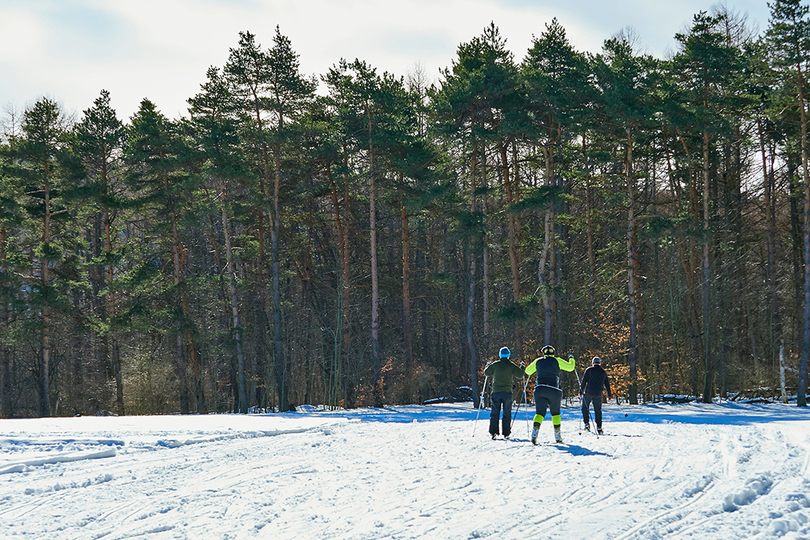Onondaga County will attempt to increase diversity in the local logging industry

Courtesy of Onondaga County Parks
The Onondaga County Office of the Environment found few minority and women owned business in the local logging industry.
The Onondaga County Office of the Environment will sponsor a “Game of Logging” course Friday in the Highland Forest County Park in an attempt to diversify the logging industry.
The course, which has 12 participants, is an opportunity to introduce people to logging, said Travis Glazier, director of the office. By the day’s end, participants will be allowed to cut down trees on New York state land.
Holly Granat, project coordinator at the Office of the Environment, said in an email the goal of the course is to help change the face of the local logging industry.
The Office of the Environment noted a lack of diversity in the logging industry during an ash tree management program about three years ago.
When tree identification started, the office discovered that 44,000 trees needed to be removed because they threatened city infrastructure. When the office put out bids for contractors, it found there were few “MWBE” — minority and women owned enterprises — available for contract in the industry, Glazier said.
The 44,000 trees will be removed in a 15-year period with a $15 million investment, creating an “emerging market in the area,” Glazier said.
“Our thought (with the Game of Logging Course) is that if we help get these minority contractors up to speed, they can be productive in this area and compete for business like all the other contractors,” Glazier said.
Tom Gerow has worked in the lumber industry for 30 years. He currently works with Wagner Lumber in upstate New York, which hires subcontracted loggers who own their own equipment and run their own businesses to fell trees. The loggers then run their cut pieces through Wagner Lumber’s sawmills.
“Our industry as a whole has very little diversity,” Gerow said. “There are very few women, there are very few people of color, there are very few young people.”
Despite local forestry programs at colleges such as the State University of New York College of Environmental Science and Forestry, Morrisville State College and Paul Smith’s College, Gerow said the industry is having a difficult time finding anyone who wants to start logging.
Data USA reported that from 2014 to 2015, the number of people employed as logging workers declined 12.12 percent, from 51,351 people nationwide to 45,129.
“It’s a very rural industry. It happens on the back roads, the places where you just don’t see and most people don’t go … (The industry workforce) is indicative of the population that’s there existing,” Gerow said.
People do not typically move from a city to work in the logging industry just to create diversity, he added.
Glazier said he believes current demographics in the local logging industry are not reflective of the community the industry serves.
The Office of the Environment personally invited the 12 participants to the course. They will earn their certification by felling a few of the previously marked trees and will be compensated for the day’s labor.
“We’ve been working for the better part of the year to try and figure out how we can put something like this together,” Glazier said. “There’s nothing like this out there.”




